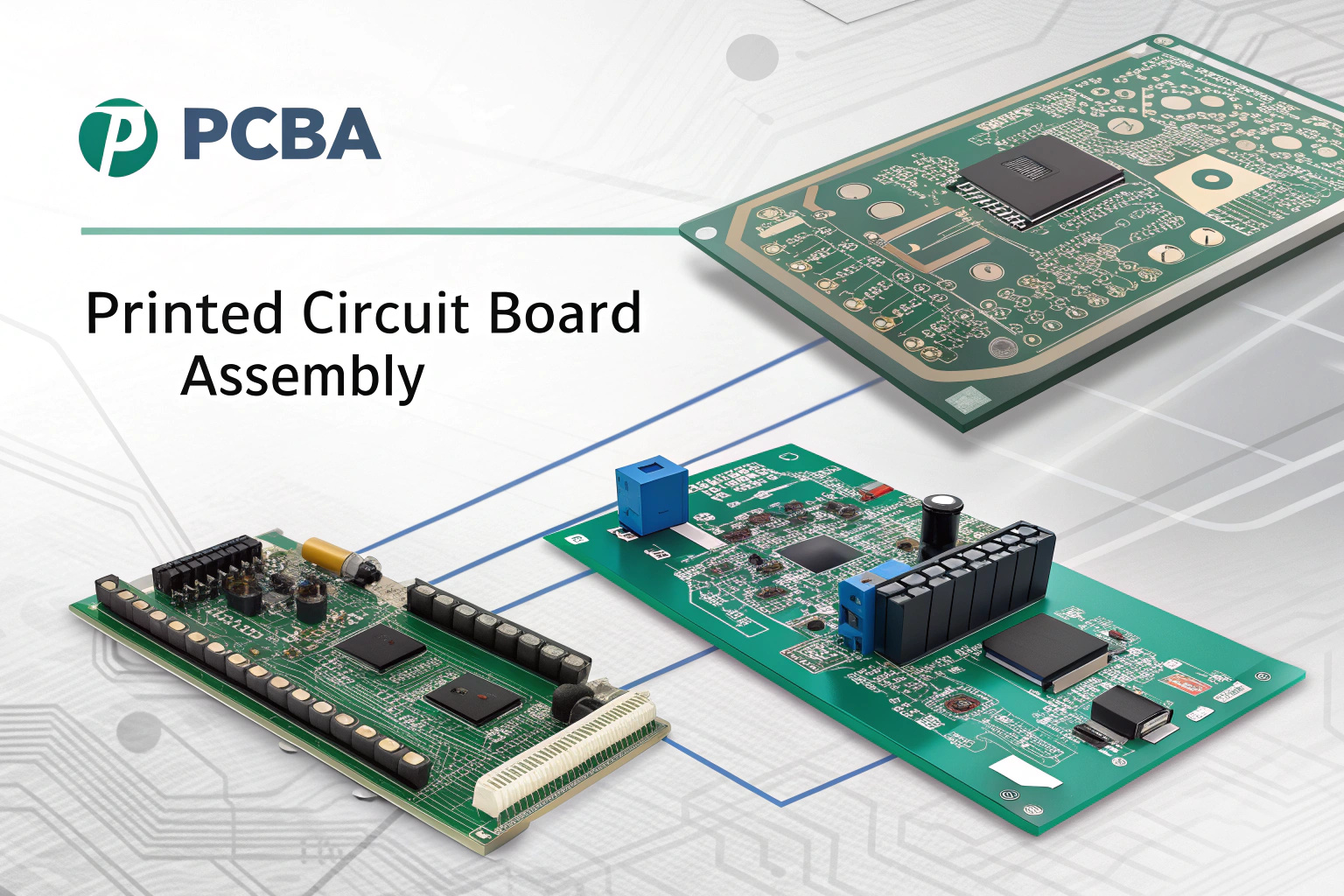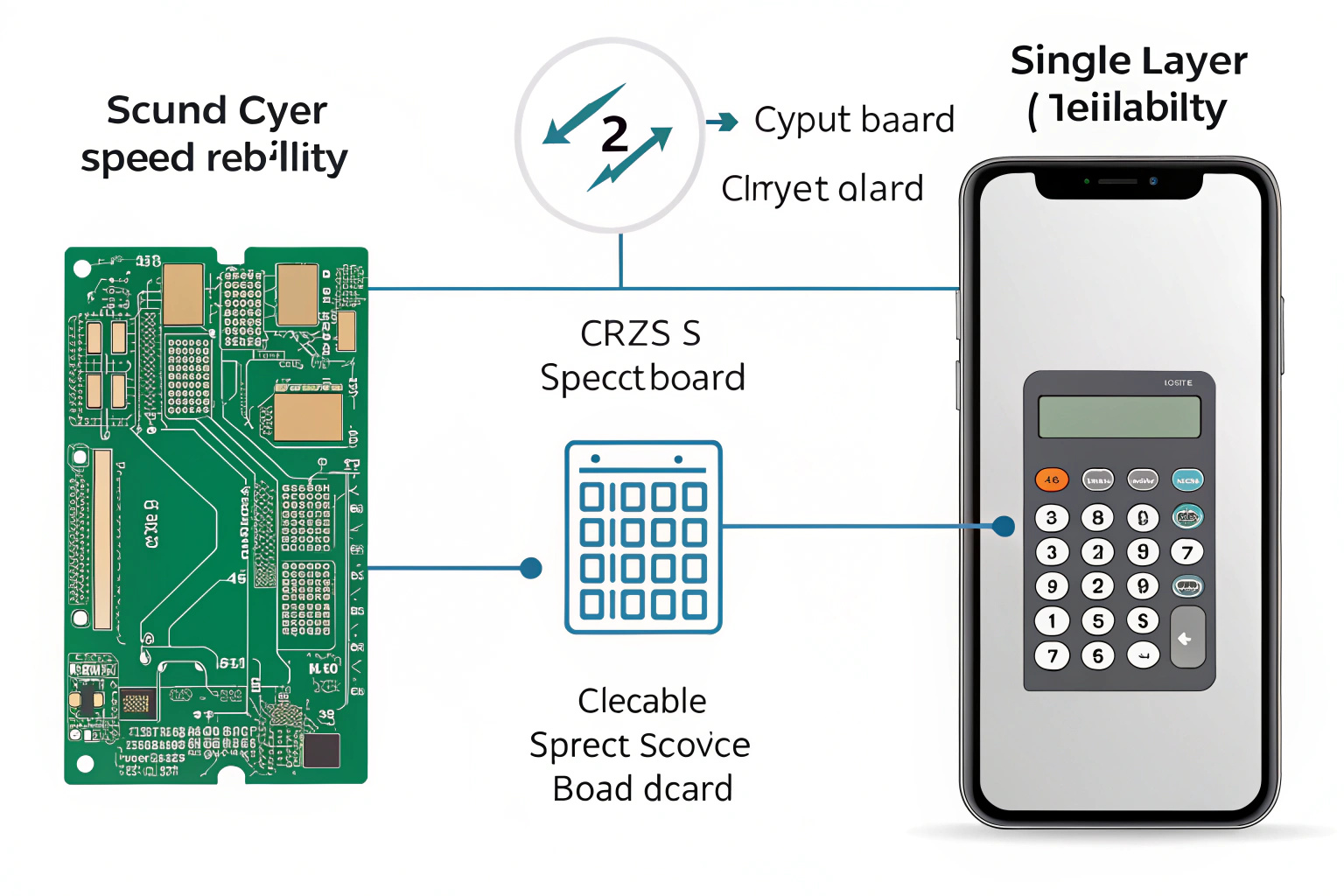
PCBA is the heart of modern electronics—but what exactly is it, and how do different circuit boards impact device design and performance?
PCBA, or Printed Circuit Board Assembly, refers to the process of mounting electronic components onto a PCB. Understanding the different types of circuit boards is key to choosing the right one for your application.
When we talk about electronics—from smartphones to smartwatches—what we’re really referring to is a system built around circuit boards. These boards, once populated with components, are known as PCBA (Printed Circuit Board Assembly). While the term PCBA focuses on the final, assembled product, the variety of circuit boards that make up these devices is often overlooked. Each type has unique properties that make it suitable for specific tasks, environments, and product lifecycles.
Understanding the differences between them can help engineers, designers, and hobbyists make better decisions during development. In this guide, we’ll walk through what PCBA really means, the core steps in the process, and the different types of printed circuit boards (PCBs) that power modern technology.
✔
Drilling in PCB manufacturing is automated using CNC machines capable of micrometer-level accuracy, not done manually with handheld tools.
✖
Different holes serve different purposes and vary in size, from tiny vias for signal transmission to larger mounting or connector holes.
What Is PCBA?

PCBA stands for Printed Circuit Board Assembly, which refers to the complete process of taking a bare PCB and turning it into a functional electronic module by mounting components like resistors, ICs, and capacitors onto it. This process involves several steps such as solder paste application, component placement, reflow soldering, inspection, and testing.
PCBA is used in virtually every electronic product you can think of—whether it’s your smartwatch, laptop, or industrial machinery. The quality of the assembly determines how reliable and functional a device will be. For a detailed visual overview, you can visit Circuit Digest’s PCBA guide.
PCBA vs PCB: What’s the Difference?
Although the terms PCBA and PCB are often used interchangeably, they refer to different stages of the same hardware.
- PCB (Printed Circuit Board) is the bare board, consisting of copper traces, pads, and layers. It’s the physical foundation, but on its own, it doesn’t do anything.
- PCBA (Printed Circuit Board Assembly) is the result after all electronic components are mounted on the PCB, making it a fully functional piece of hardware.
Think of a PCB as the skeleton, and PCBA as the skeleton plus muscles and organs—ready to function. Without assembly, a PCB is just potential.
The PCBA Process Explained
The PCBA process is a combination of mechanical precision and electrical engineering. It starts with applying solder paste to the copper pads where components will sit. Then, pick-and-place machines rapidly position components onto the board with robotic precision.
Once placed, the board moves through a reflow oven, which melts the solder paste and bonds the components to the PCB. Afterward, inspection tools like Automated Optical Inspection (AOI) systems and sometimes X-rays check for defects. In high-volume production, functional testing ensures the board behaves as expected.
This process can differ slightly depending on whether Surface Mount Technology (SMT) or Through-Hole Technology (THT) is used—but the goal remains the same: build a reliable electronic module.
Types of Circuit Boards
Modern electronics demand a variety of PCB types to support different form factors, performance needs, and cost targets. Here are the most common types:
1. Single-Sided PCB
This is the most basic type, with all components and traces on one side. Ideal for low-cost, simple electronics.
2. Double-Sided PCB
Has traces and components on both sides. More complex than single-sided and allows for greater circuit density.
3. Multilayer PCB
Includes three or more layers stacked together. Used in laptops, smartphones, and advanced industrial systems. Provides compact size with high performance.
4. Flexible PCB (FPC)
Made from materials like polyimide that allow bending and twisting. Common in wearable tech, foldable devices, and cameras.
5. Rigid-Flex PCB
Combines rigid and flexible sections in one board. Found in aerospace, military, and medical devices where space and reliability are critical.
6. Metal Core PCB
Designed for high-heat applications like LED lighting, with aluminum or copper cores for better heat dissipation.
Why Choosing the Right Board Matters

The type of circuit board you choose will directly affect a product’s size, speed, reliability, and cost. For example, using a multilayer board in a simple calculator would be overkill, while trying to build a smartphone on a single-layer board would be impossible.
Designers must consider factors like:
- Space and shape constraints
- Heat management needs
- Signal integrity
- Manufacturing budget
- Intended usage environment
Picking the right PCB type isn’t just a technical decision—it can also determine the product’s success in the market. For a deeper dive into PCB material choices, see PCBWay’s guide to board substrates.
Conclusion
Understanding PCBA and the different types of circuit boards is foundational to grasping how electronics are built and how they function. From simple toys to mission-critical medical equipment, PCBs and their assemblies play an invisible but essential role in daily life.
Whether you’re a beginner in electronics or managing a product development cycle, knowing when and how to choose the right circuit board can help you build smarter, more reliable technology. And as electronics continue to shrink while growing more powerful, the role of advanced PCB design and assembly will only become more important.

